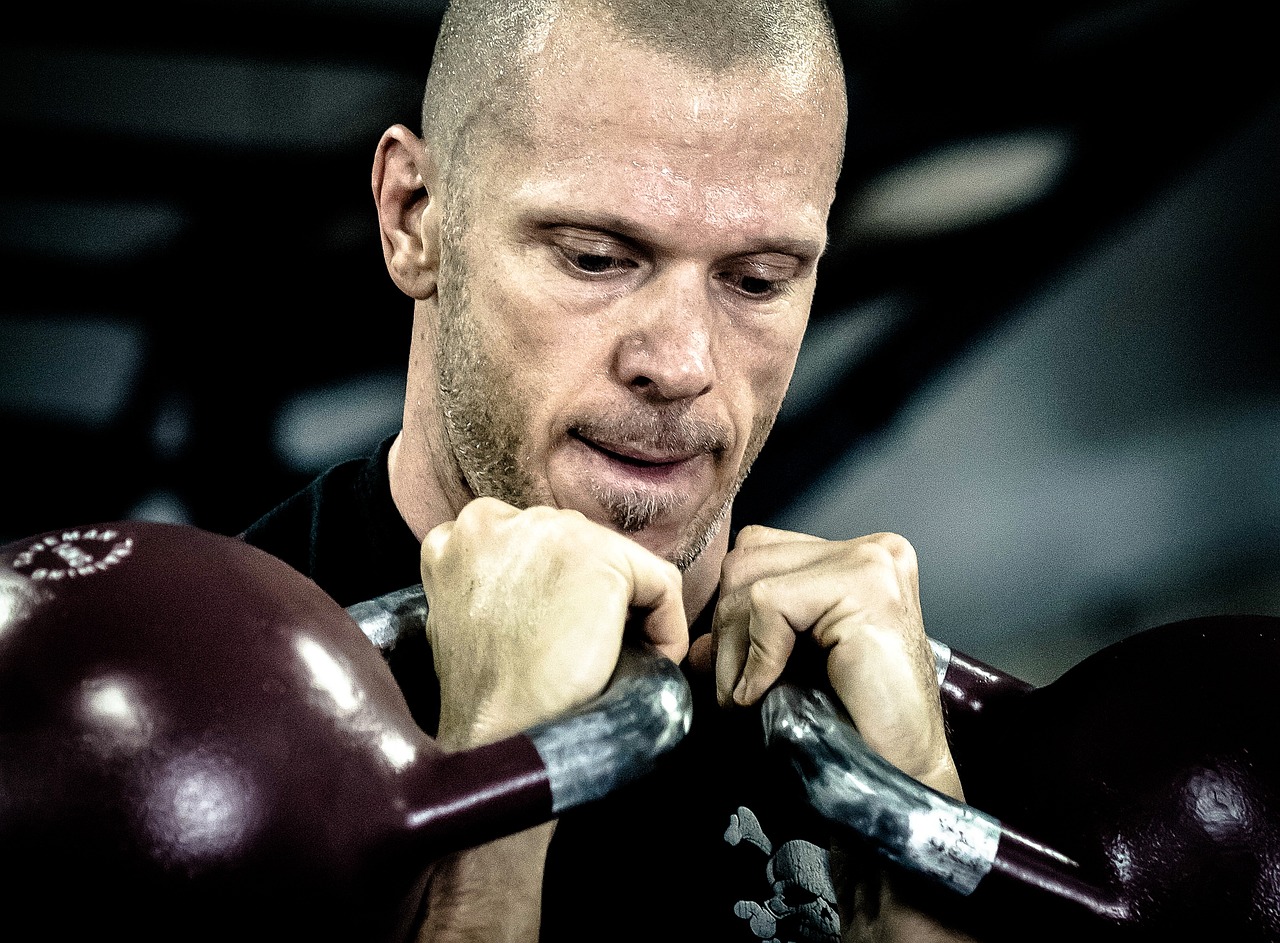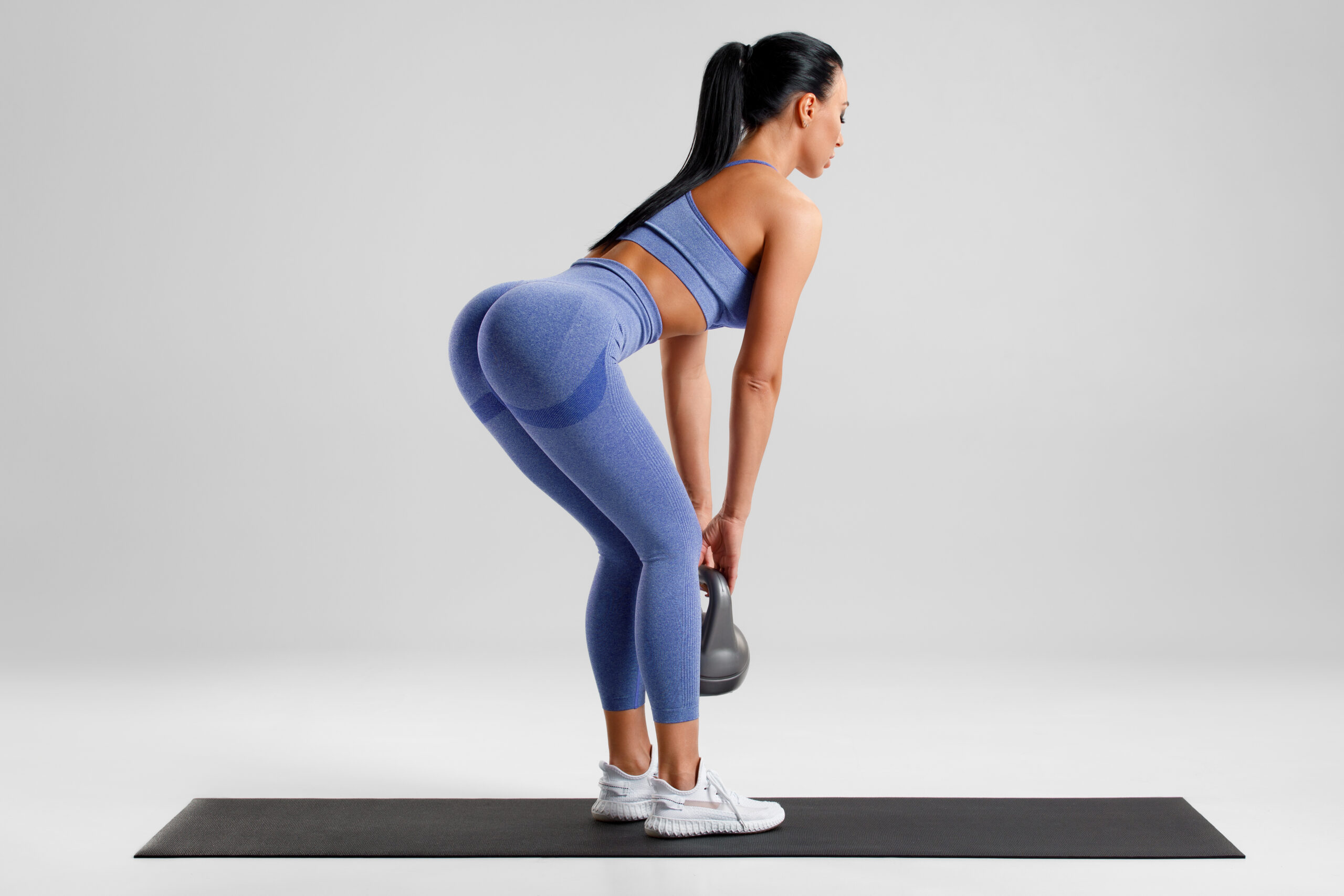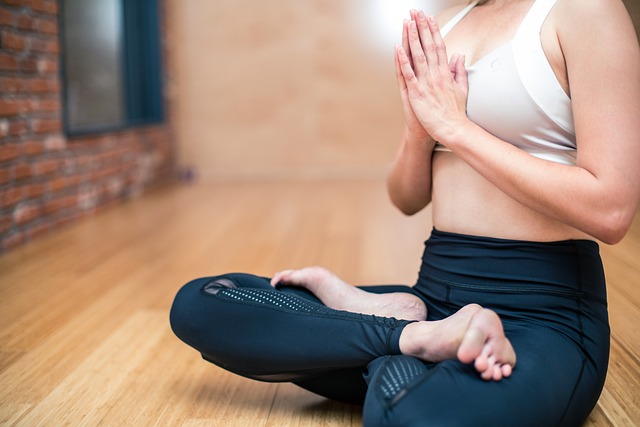Building bigger legs is a common goal among weightlifters and fitness enthusiasts. The legs are a large muscle group that is composed of the quadriceps, hamstrings, and glutes. A well-developed set of legs can add definition and symmetry to the lower body, making them a popular muscle group to target for improvement.
There are a variety of exercises that can be used to target the legs, but three of the most effective are the squat, the deadlift, and the lunges.
The squat is a compound exercise that is performed by holding a barbell on the upper back, and squatting down and then standing back up. It is a compound exercise that works the quadriceps, hamstrings, and glutes. It is one of the most effective exercises for overall leg development and should be a staple in any leg workout routine.
The deadlift is a compound exercise that targets the legs, back, and core. It is performed by picking up a barbell from the ground while maintaining proper form. It is a great exercise for overall leg development and can help to increase overall strength and power.
The lunges are a compound exercise that targets the quadriceps, hamstrings, and glutes. It is performed by stepping forward with one foot and lowering the body towards the ground. It’s a great exercise to target the legs, glutes and legs individually.
In addition to these exercises, it is also important to include compound exercises like leg press, calf raises and leg extensions in your workout routine to target your legs. This will help to build a balanced physique and also engage the surrounding muscle groups that play a role in leg development.
Proper form is crucial when performing these exercises to ensure that the legs are being targeted effectively and to avoid injury. It is also important to use a weight that is appropriate for your fitness level and to gradually increase the weight as your strength improves.
To build bigger legs, it is important to focus on progressive overload. This means gradually increasing the weight and reps of exercises over time. It is also important to allow for adequate recovery time between workouts to allow the muscles to repair and grow.
Nutrition also plays a key role in muscle growth. Consuming enough protein and calories is essential for muscle recovery and growth. It is also important to stay hydrated and get enough sleep, as both of these factors play a role in muscle recovery.
In conclusion, building bigger legs is a common goal among weightlifters and fitness enthusiasts. The most effective exercises for leg development are the squat, deadlift and lunges. To build bigger legs, it is important to focus on progressive overload, proper form, adequate recovery, and a balanced diet. Consistency and patience are key, and with time and dedication, you can achieve the bigger legs you desire.

 Politics2 years ago
Politics2 years ago
 Politics2 years ago
Politics2 years ago
 Politics2 years ago
Politics2 years ago
 Health2 years ago
Health2 years ago
 Politics2 years ago
Politics2 years ago
 Politics2 years ago
Politics2 years ago
 Entertainment2 years ago
Entertainment2 years ago








